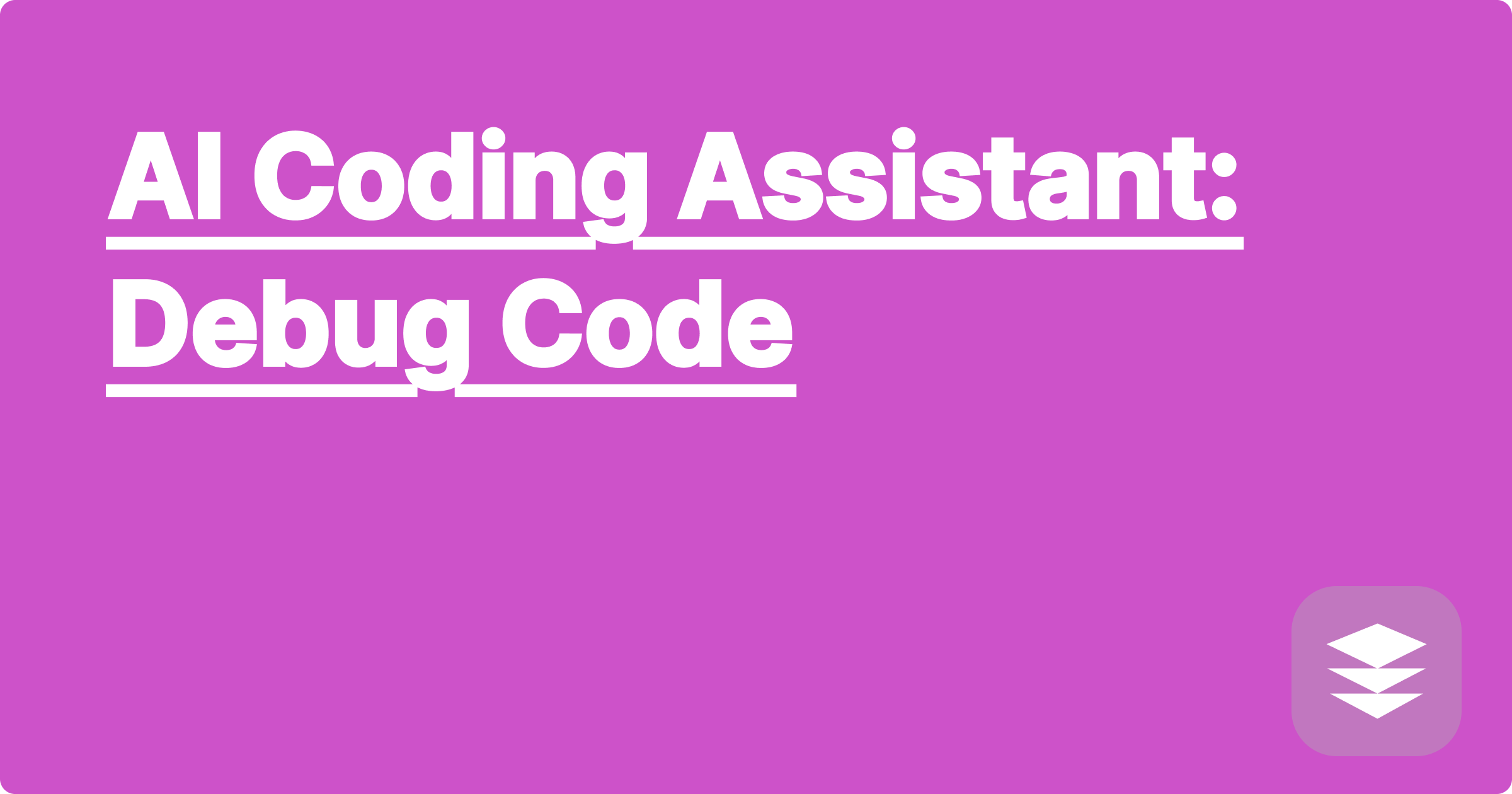
STEM fields often present complex challenges, particularly in coding where debugging can be a significant hurdle. The process of identifying and resolving errors in code can be time-consuming and frustrating, hindering progress on research projects and assignments. Artificial intelligence offers a promising solution by providing tools that can assist with debugging, freeing up valuable time and resources for STEM students and researchers.
For STEM students and researchers, efficient debugging is crucial for timely project completion and academic success. AI-powered debugging tools can significantly reduce the time spent on this often tedious process, allowing for greater focus on the core concepts and research goals. These tools can also serve as valuable learning aids, helping students understand common coding errors and develop better debugging skills. Ultimately, embracing AI in debugging can enhance productivity, improve code quality, and contribute to a deeper understanding of programming principles.
Debugging is a fundamental aspect of software development and research involving programming. It involves identifying and correcting errors, or "bugs," that prevent code from functioning as intended. These bugs can range from simple syntax errors, like missing semicolons or incorrect variable names, to more complex logic errors that lead to unexpected program behavior. In STEM fields, where code often forms the backbone of experiments, simulations, and data analysis, effective debugging is essential. A single bug can invalidate results, stall progress, and lead to significant setbacks in research. The complexity of scientific computing, often involving large datasets, intricate algorithms, and specialized libraries, further exacerbates the debugging challenge. Therefore, mastering debugging skills and utilizing tools that can assist in this process is critical for success in STEM.
AI-powered coding assistants, such as ChatGPT, Claude, and Wolfram Alpha, offer powerful capabilities for debugging code. These tools leverage advanced natural language processing and machine learning techniques to analyze code, identify potential errors, and even suggest fixes. They can understand the context of the code, recognize common coding patterns, and provide insightful feedback on potential issues. For example, if you provide a code snippet with a runtime error, these tools can often pinpoint the line causing the error and suggest possible solutions. They can also help identify logic errors by analyzing the code's flow and pointing out inconsistencies. This allows developers to quickly address bugs and improve code quality.
To use an AI coding assistant for debugging, you first need to select a suitable tool like ChatGPT, Claude, or Wolfram Alpha. Next, prepare the code snippet you want to debug. This involves isolating the problematic section of code and ensuring it is well-formatted for readability. Then, provide the code to the AI assistant along with a clear description of the issue you're encountering. For instance, you might describe the specific error message you're receiving or the unexpected behavior you're observing. The AI assistant will then analyze the code and provide feedback. This feedback might include identifying the type of error, suggesting potential fixes, or offering explanations for the observed behavior. You can then implement the suggested changes and test the code to see if the issue is resolved. If the problem persists, you can continue to interact with the AI assistant, providing additional information and refining the debugging process.
Consider a Python code snippet intended to calculate the average of a list of numbers but produces an incorrect result. The code might look like this: numbers = [1, 2, 3, 4, 5]; average = sum(numbers) / len(numbers) + 1; print(average). By providing this code to an AI assistant like ChatGPT or Claude, along with a description of the incorrect output, the tool can identify the extra "+ 1" in the calculation of the average as the source of the error. Another example might involve a C++ code segment that crashes due to a segmentation fault. The AI assistant could analyze the code and identify a potential out-of-bounds array access causing the crash. In a more complex scenario involving a scientific simulation written in Fortran, an AI assistant could help pinpoint a logic error in the implementation of a numerical algorithm that leads to inaccurate results.
To effectively use AI coding assistants in STEM education and research, it's important to develop a strategic approach. First, understand the limitations of these tools. While they can be incredibly helpful, they are not a replacement for fundamental debugging skills. Use them as a supplement to your own understanding and debugging strategies. Second, learn how to effectively communicate with the AI assistant. Provide clear and concise descriptions of the problems you're encountering, including relevant error messages and context. Third, actively engage in the debugging process. Don't simply accept the AI's suggestions blindly. Critically evaluate the proposed solutions and understand why they work. This will help you learn from the process and improve your own debugging skills. Finally, remember that AI assistants are constantly evolving. Stay updated on the latest features and capabilities of these tools to maximize their effectiveness in your STEM studies and research.
In conclusion, AI coding assistants offer a powerful resource for STEM students and researchers struggling with debugging. By understanding how to effectively utilize these tools, you can significantly reduce debugging time, improve code quality, and gain a deeper understanding of programming principles. Embrace these tools as valuable allies in your STEM journey, and remember that continuous learning and adaptation are key to maximizing their potential. Explore different AI coding assistants, experiment with various approaches, and integrate these tools into your workflow to enhance your productivity and academic success.
AI Homework Help: STEM Made Easy
Ace STEM Exams: AI Study Guide
AI for Lab Reports: Data Analysis